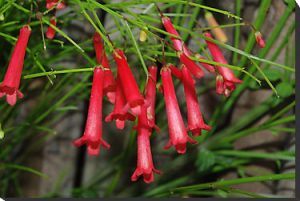Rainforest Plants
Anamu
Both the leaves and roots of anamu have been used in traditional medicine to treat infections as well as cancer. The shrub contains sulphur and has an odor similar to garlic and onions. It is antibacterial and antiviral as well as antifungal and antitumoral. It has been used to treat STDs, leukemia, and skin cancers as well as to treat all manner of gastrointestinal complaints.
Bitter Melon
Bitter melon is usually regarded as a stomachic. It aids digestion and also has anti-parasitic actions. A tea made from the dried fruit is used in the treatment of diabetes. It is antiviral and has been used to reduce fevers as well as to treat wounds. It has demonstrated effectiveness in treating lymphatic cancers and preventing the growth of tumors.
Cacao
The main forms in which cacao is used are as a powder or butter. The powder can be used in food or medicine and the butter is also used in cooking and as a carrier for herbs, not just for cacao powder but in topical treatments as well as boluses and suppositories because it liquefies at body temperature. The powder, of course, can be made into a beverage or superfood, but it loses most of its medicinal properties when combined with milk.

Cat’s Claw
Uncaria tomentosa is a rain forest herb with demonstrated anti-inflammatory properties. It is therefore often used for people with rheumatoid arthritis. Preliminary studies suggest that cat’s claw slows tumor growth and that it enhances immunity. It is safe in the recommended doses; side effects are usually associated with possible allergic reactions to plants in the Rubiaceae family.
Graviola
Graviola leaves and stem have shown cytotoxicity against cancer cells. Research is focused on a set of phytochemicals called annonaceous acetogenins. Graviola produces these natural compounds in its leaf and stem, bark, and fruit seeds.

Pau d’Arco
Though often cited as a major cancer herb, pau d’arco seems to be more antifungal than anticancer. That said, when either yeast or mold overgrowth is either at the root of the cancer or inhibiting the recovery from cancer, pau d’arco can be an ally in the healing process. It does also seem to be effective with cancers of lymphatic system and blood. A tea or extract in made from the inner bark of the Amazonian tree.
Quassia
The stems, bark, and wood have a wide range of medicinal properties from treating malaria and intestinal parasites to leukemia. In the Caribbean, quassia is often added to rum to treat appetite and diabetes.
 Sangre de Grado
Sangre de Grado
Sangre de grado is a potent antioxidant and has strong antiviral actions. It is antitumorous, especially for sarcomas.
It also arrests bleeding and can act as a nearly transparent sterile bandage for wound healing.
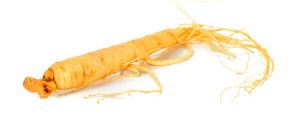 Suma
Suma
Suma is an adaptogen, meaning that it supports stamina and eases stress-related conditions. The regional nickname meaning “for everything” suggests that the roots are a panacea, a cure all, but the traditional uses tended to support reduction of inflammation and pain as well as use as a tonic for both the male and female reproductive systems. Its use with cancer is relatively more recent.
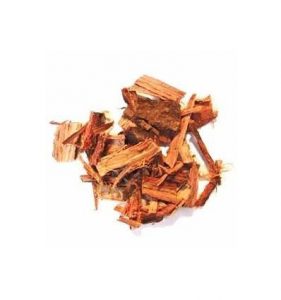
Tepezcohuite
The bark of Mimosa tenuiflora is used for burns and smoke inhalation as well as wound healing. It is used by fire fighters and I am investigating its potential for the treatment of radiation damage to the skin and lungs.
Many experts throughout history have regarded cancer salves and pastes as the most thorough, safe, and efficacious way to treat cancer, especially skin and breast cancers but also cancers of other organs. In this book, Ingrid Naiman meticulously traces the use of such products in ancient India and by Hildegard of Bingen, Native Americans, and modern physicians. She provides detailed instructions for making and using the salves, a fair comparison of the pros and cons, and eight pages of color pictures showing responses to the products. Visit her Cancer Salves site for more information, answers to frequently asked questions, and a checklist for people facing cancer.
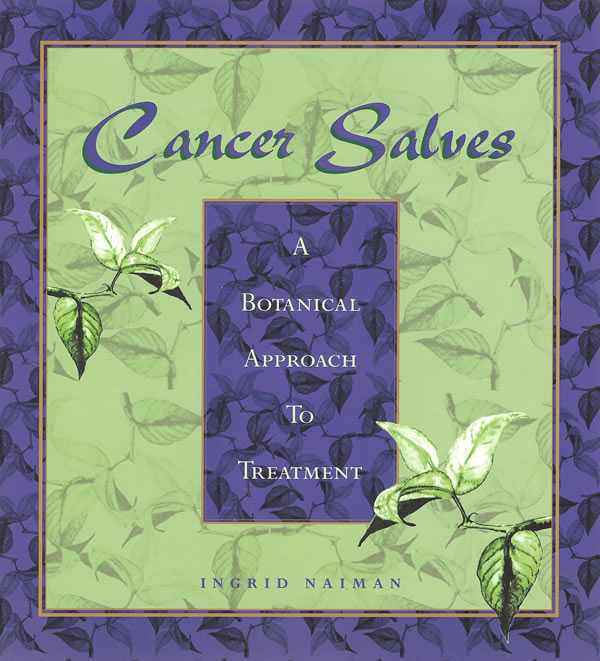
Cancer Plants
Donations
Your donations are greatly appreciated.
Information
Newsletter
To be notified of new posts to this site, please subscribe, using the link button below. You can cancel your subscription at any time you choose.
Copyright by Dr. Ingrid Naiman 2003 and 2018
All Rights Reserved || Institute for Invisible Epidemics

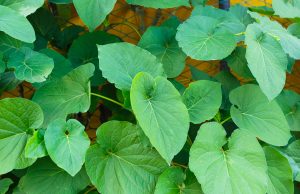

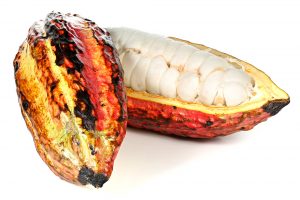
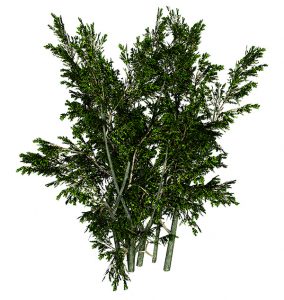 Chaparral
Chaparral
